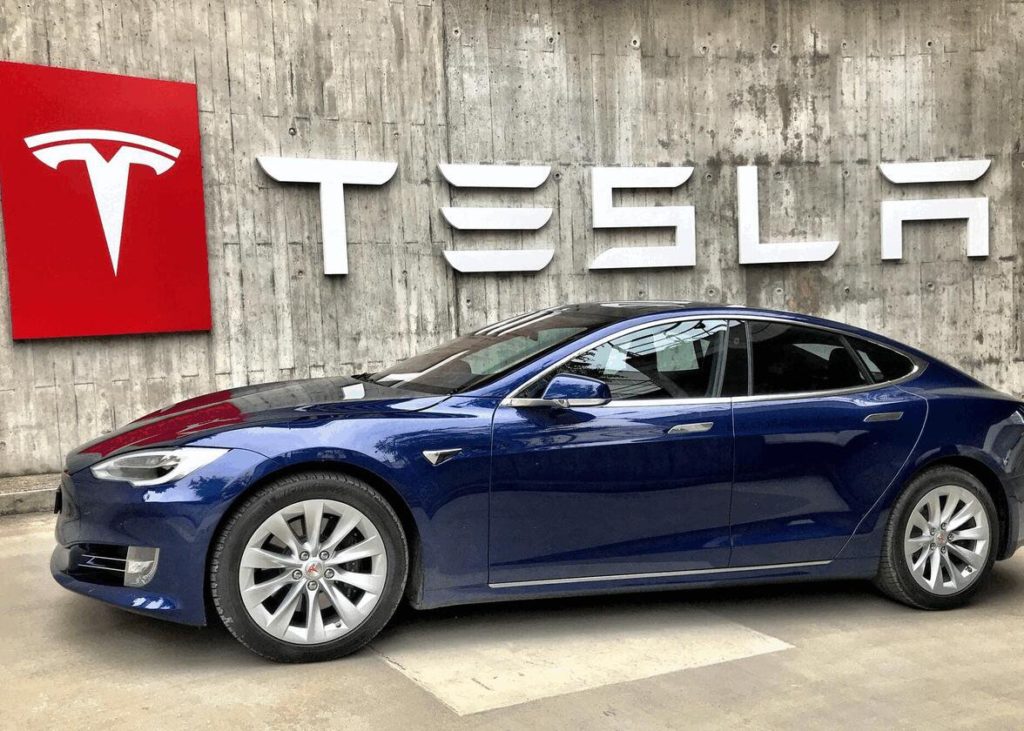Tesla’s (NASDAQ:TSLA) long-anticipated Robotaxi event, where CEO Elon Musk unveiled the futuristic "Cybercab" concept, has left investors underwhelmed. With the promise of a self-driving future, the Cybercab – a sleek, silver two-seater with no steering wheels or pedals – embodies Musk’s ambitious vision. Set for production by 2027 at a price point below $30,000, this concept car seems impressive on the surface. However, the unveiling lacked concrete details on manufacturing timelines, specific locations for production, and near-term growth opportunities. Investors were also expecting more updates on Full Self-Driving (FSD) technology advancements, but Tesla did not provide the expected milestones. As a result, Tesla's stock saw a sharp decline after the event. Let us take a closer look at what exactly happened and analyze the biggest reasons why Tesla’s robotaxi initiative and FSD updates continue to disappoint investors and add to the uncertainty surrounding the company’s future.
Uncertainty Around Full Self-Driving (FSD) Technology
Tesla has touted its Full Self-Driving (FSD) system as the foundation for its autonomous vehicle ambitions. Yet, despite years of promises, FSD is still in a “supervised” mode, requiring human oversight. Tesla's recent event failed to deliver any significant updates on when FSD would transition to an unsupervised state, casting doubt on the company’s timeline for achieving full autonomy. The Cybercab, which Tesla claims will drive itself, hinges entirely on the successful deployment of FSD. However, regulatory hurdles and technical challenges remain. Unlike competitors like Waymo, which has been offering its autonomous taxi service to the public, Tesla is still lagging behind in commercializing its FSD technology. Investors were hoping for specific milestones, like improved safety metrics or more advanced AI capabilities, to build confidence in the near-term potential of FSD. Instead, they were left with vague assurances that Tesla would roll out “unsupervised FSD” in limited markets next year, with no clarity on how quickly it could scale. The lack of transparency around FSD's progress exacerbates the perception that Tesla is overpromising and underdelivering on its core technology, frustrating investors who have been waiting for years for a breakthrough in self-driving technology.
Missed Opportunity to Address Key Manufacturing and Cost Concerns
Another major disappointment for investors was the lack of clarity regarding the production and manufacturing plans for the Cybercab. Musk announced that Tesla hopes to start producing the vehicle before 2027 but failed to provide any details on where it will be manufactured or how the company plans to scale production. Given Tesla’s history of production delays and supply chain issues, the absence of a clear manufacturing roadmap raises red flags for investors. Manufacturing capacity is crucial for Tesla’s ambitious plans, especially with the introduction of a low-cost vehicle like the Cybercab. Moreover, investors were hoping for more concrete information on how Tesla plans to keep the price of the Cybercab under $30,000, considering the high costs associated with autonomous driving technology, sensors, and AI hardware. The company’s recent struggles with ramping up production of its Cybertruck, which has faced delays and cost overruns, only add to the skepticism surrounding Tesla's ability to meet its targets. Without specific details on production timelines, costs, or manufacturing locations, investors are left questioning whether Tesla can realistically deliver on its robotaxi promise within the stated timeframe.
No Clear Path for Regulatory Approval
One of the most significant hurdles Tesla faces in its quest to launch a fully autonomous robotaxi service is regulatory approval. Despite Musk’s optimism about the future of autonomous driving, Tesla has made little progress in securing the necessary regulatory clearances to deploy its FSD system without human supervision. The company did not provide any updates on how it plans to navigate the complex regulatory landscape in the U.S. or internationally. Currently, Tesla’s FSD is only available in a “supervised” form, which means a human driver must be ready to take control at any moment. To transition to a fully autonomous fleet, Tesla needs to demonstrate that its FSD system is significantly safer than human drivers – a requirement that will take years of data collection and testing. Competing companies like Waymo have already secured regulatory approval in certain areas to operate their self-driving taxis, putting Tesla at a disadvantage. Investors were hoping for a clear strategy from Tesla on how it intends to address regulatory concerns and secure the approvals needed to launch its robotaxi service. Without a well-defined regulatory pathway, Tesla’s robotaxi ambitions seem more like a distant dream than a near-term reality, further disappointing investors who were looking for actionable steps toward commercialization.
Final Thoughts
Source: Yahoo Finance
Tesla’s stock has been highly volatile and has given negative returns over the past year and has been more or less flat over the past 2 years. The company’s robotaxi and Full Self-Driving initiatives, while visionary, continue to leave investors with more questions than answers. The lack of detailed timelines, production plans, and regulatory strategies adds to the uncertainty surrounding the company’s future. While Tesla remains a leader in the electric vehicle space, the robotaxi announcement highlights the growing gap between its ambitious goals and its ability to deliver on those promises. Investors should carefully weigh the long-term potential of Tesla’s autonomous driving initiatives against the near-term challenges and risks before making any investment decisions.

